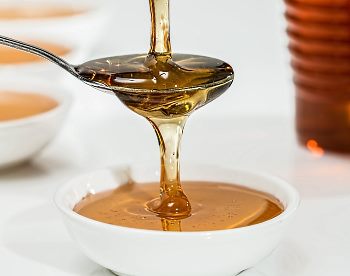property>dynamic fluidity
What is Dynamic Fluidity?

Dynamic fluidity is a measure of the ease with which a fluid will flow, and is also what is known as the "thickness" of a fluid. Water, for example, is thinner than honey, so it therefore has a greater fluidity than honey. Fluidity and dynamic fluidity are considered to be the inverse of viscosity, and therefore carry units that represent this inversion. Dynamic fluidity differs from other kinds of fluidity in that it is always the fluidity of an incompressible Newtonian fluid.
Contrasted with non-Netwonian fluids, a Newtonian fluid is one that maintains a constant fluidity or viscosity independent of the forces acting upon it. In more precise mathematical terms, Newtonian fluids are those that have a fluid stress versus rate of strain curve that is linear and passes through the origin having viscosity as its constant of proportionality. For the everyday person, water is a Newtonian fluid insofar as it continues to flow around the object that stirs it as it is being stirred and its characteristics do not change with vigourous stirring. Custard, however, is not a Newtonian fluid because the properties of the fluid change as it is stirred (shear thickening).
Newton's Viscosity Postulate
With regards to dynamic fluidity, Newtonian fluids under shear can be thought of as having many sliding layers stacked on top of one another. In any given flow, these layers are moving at different velocities with respect to one another, and the fluidity of the fluid arises from the shear stress that opposes a force applied on the fluid. Newton postulated that the viscosity (inverse of fluidity) for a straight, parallel, and uniform flow is related to the shear stress in the following way:
τ = μ.(du/dy)
where τ is the shear stress of the fluid, μ is the coefficient of viscosity of the fluid, and du/dy is the velocity gradient perpendicular to the direction of the shear. To understand the velocity gradient and the shear stress, one must imagine that there is a fluid between a top and a bottom plate. The top plate is moving along horizontally while the bottom plate is stationary. As a shear stress μ is applied by the top plate, a velocity gradient begins to form in the fluid along all of its layers. One must also assume that the plates are very large in order to be certain that edge effects are negligable.
The SI unit for dynamic fluidity is the inverse centipoise, or cm.s.g-1. Symbolically, this can also appear as:
φ = 1 / μ
where φ is the dynamic fluidity of the fluid and μ is the fluid's viscosity. Sometimes the symbol F is used to represent the dynamic fluidity. In engineering practice dynamic fluidity is rarely used because there is very little mathematical advantage compared to the more widely used property of viscosity.